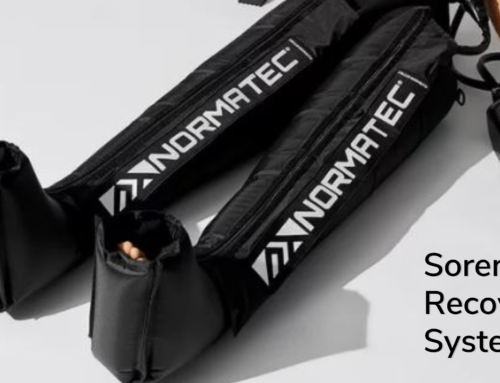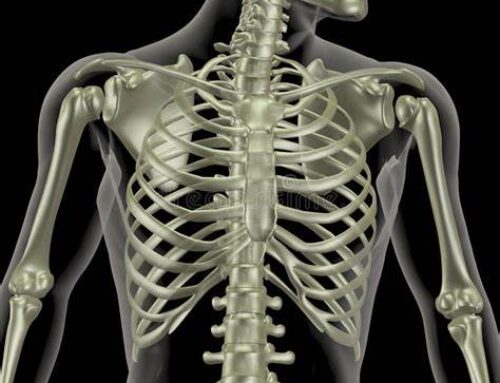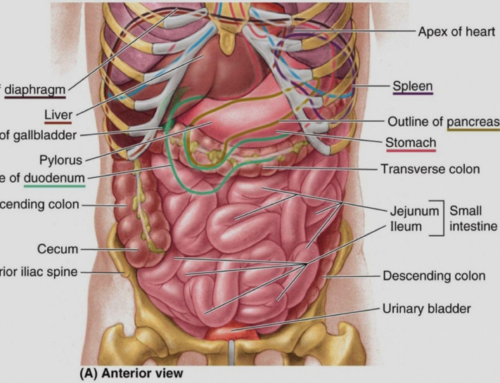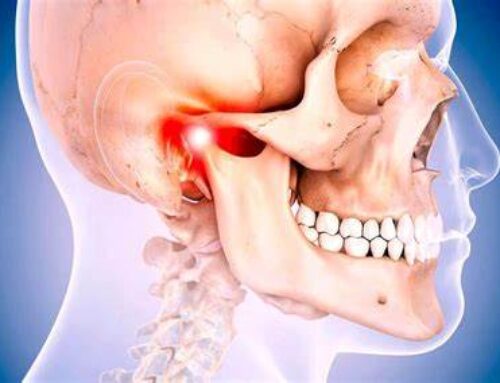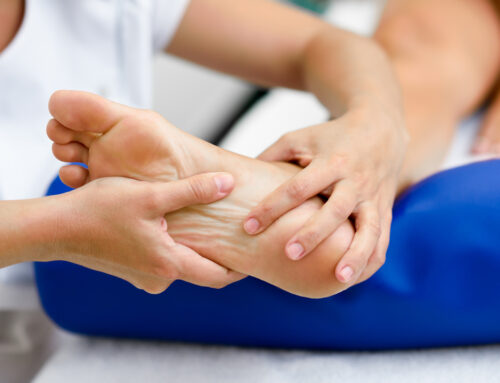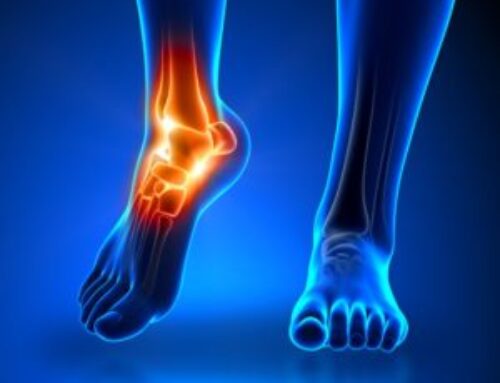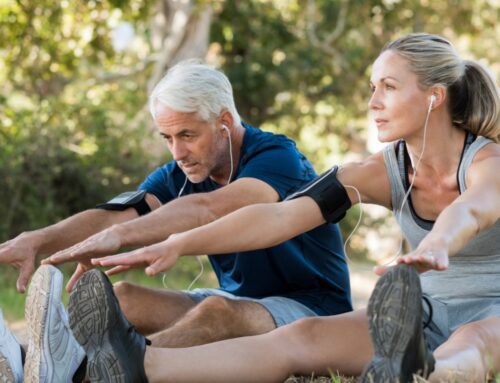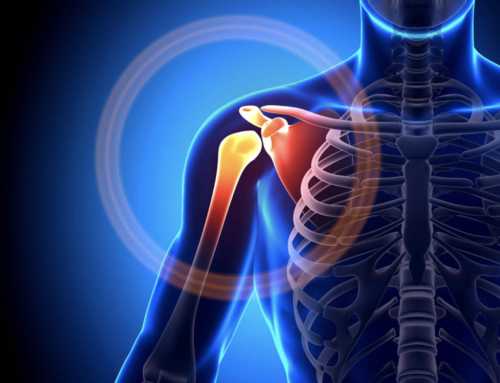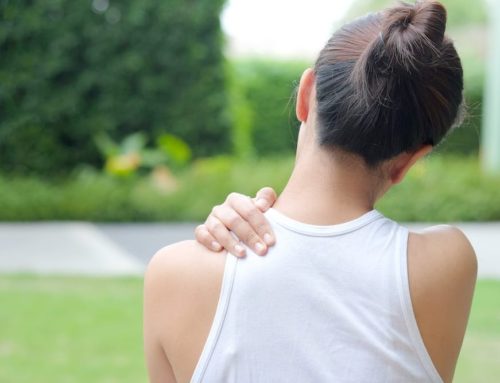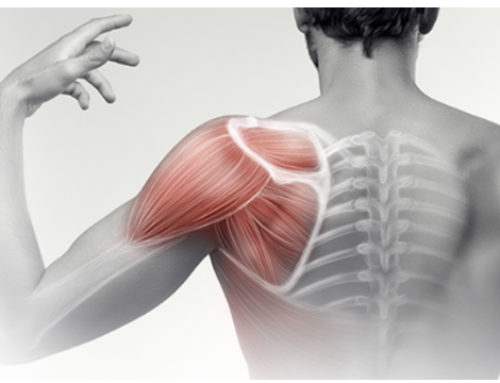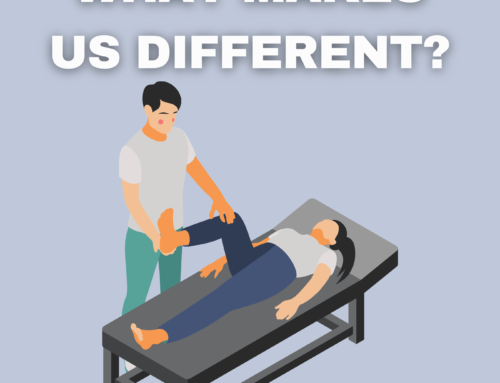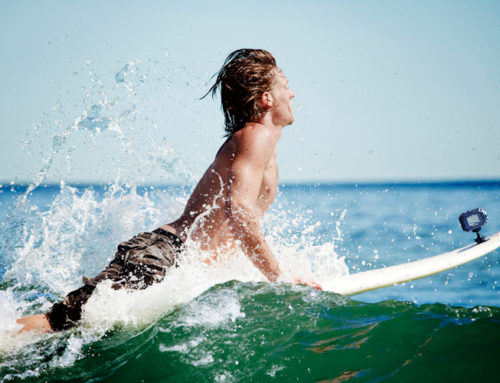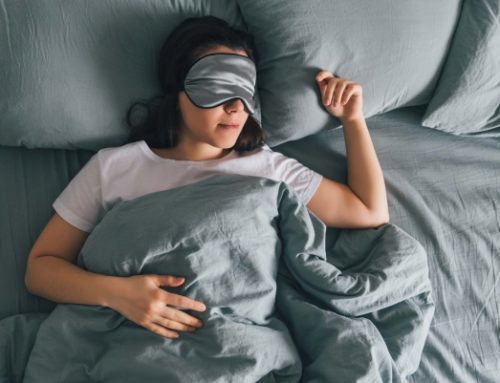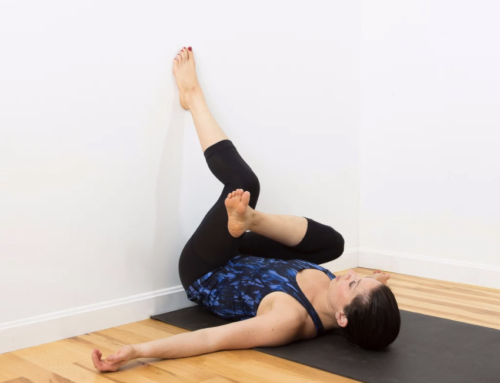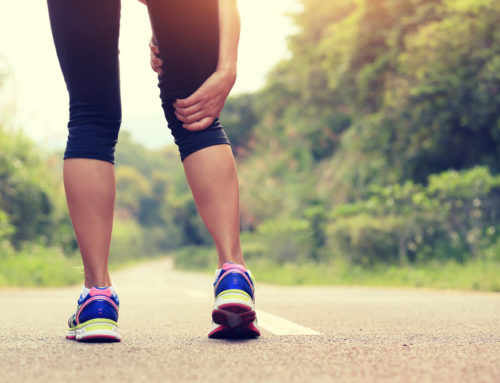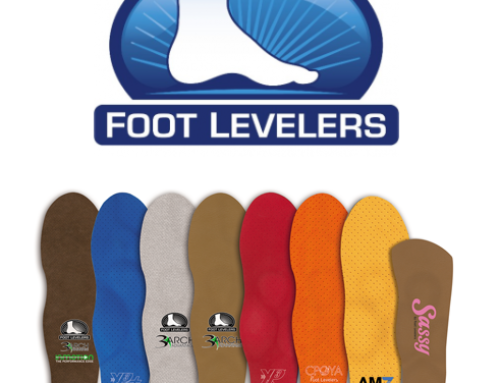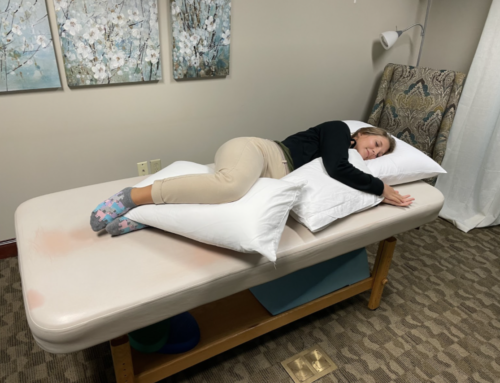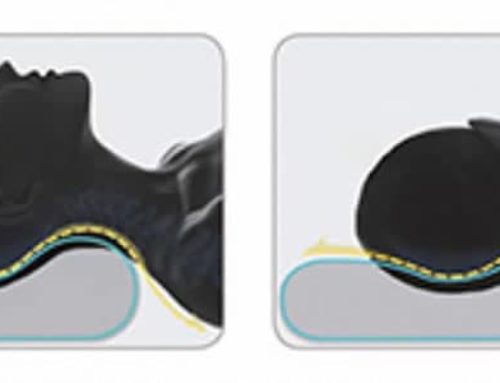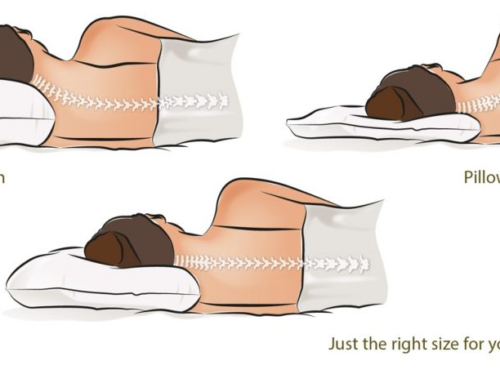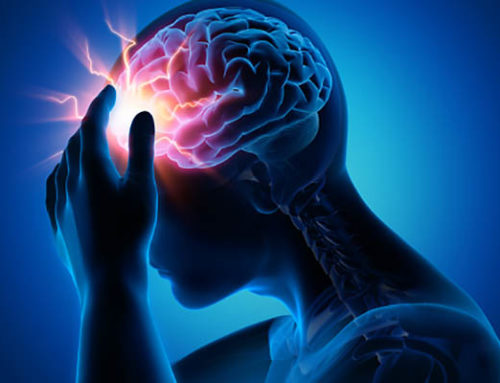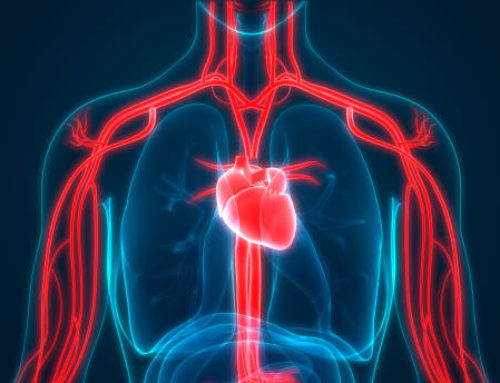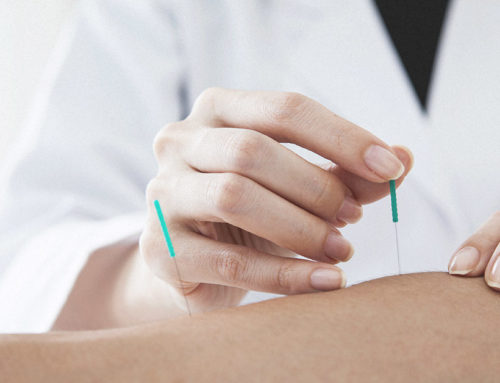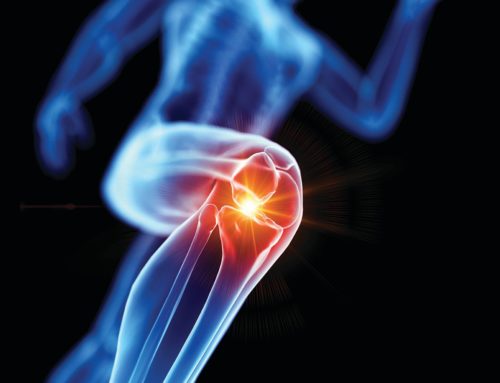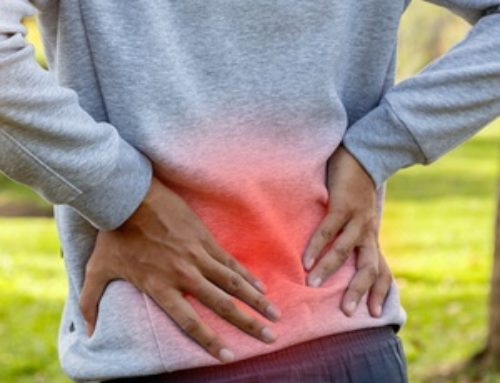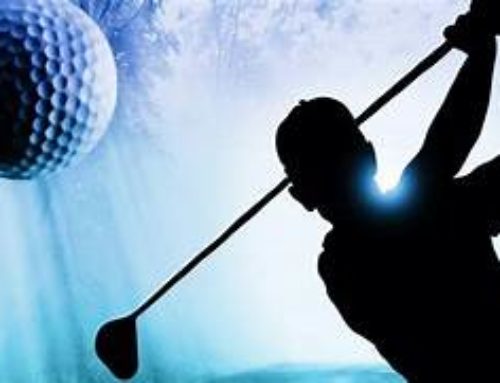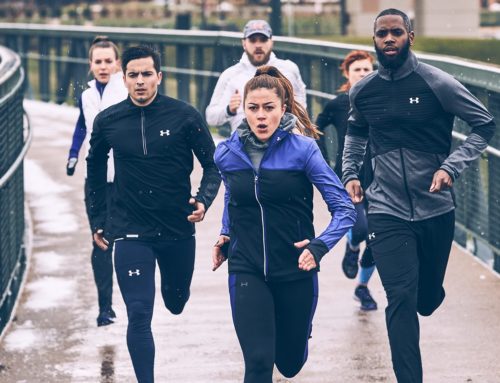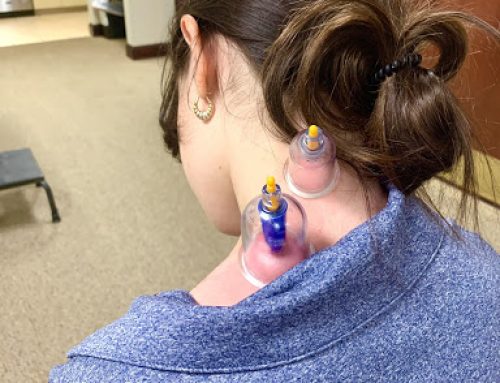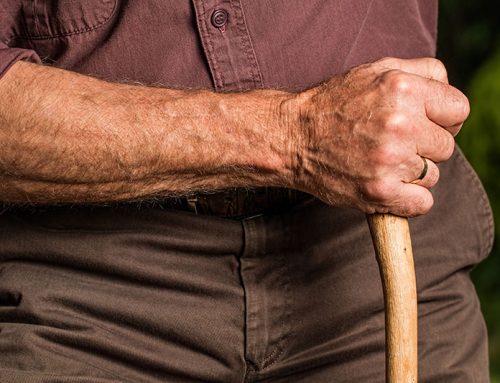Do you have pain in the back of your lower leg with prolonged walking, running, cycling, or jumping activities? You may have an issue with your Achilles tendon.
The Achilles tendon is located on the back of leg just above the heel. It is the largest tendon in the body and therefore is capable of withstanding a large amount of stress. The Achilles tendon is comprised of the muscles of the lower leg, including the gastrocnemius and the soleus that originate from just above the knee, and it is responsible for connecting the lower leg to the foot. This allows for you to push off your heel and come up on your toes with walking activities and jumping activities. If the Achilles tendon is sore, painful, or tight, you may have some symptoms of Achilles Tendonitis. If you are unable to come up on your toes due to weakness, there may be an Achilles Tendon rupture that would require surgery.
Common symptoms of Achilles tendinitis include:
Pain and stiffness along the Achilles tendon in the morning
Pain along the tendon or back of the heel that worsens with activity
Severe pain the day after exercising
Thickening of the tendon
Bone spur (insertional tendinitis)
Swelling that is present all the time and gets worse throughout the day with activity
Achilles tendinitis may be caused by decreased mobility of your Achilles or weakness of your gastrocnemius or soleus muscle. How do you know if you have a tight Achilles tendon? Simply bend down in a mini squat position trying to bring your knees over your toes while keeping your feet flat. If you are unable to keep your feet flat while bringing your knees over your toes, then you may have a tight Achilles tendon. This may be caused by the inability of the gastrocnemius or soleus muscle to stretch, or it may be due to a joint restriction in your ankle.
Here at John Goetze Physical Therapy, we can assess this issue for you and determine the proper course of action to take in order to improve your pain and help you walk, run, cycle, jump or return to any activity with improved performance. Our treatment will include a dynamic stretching and strengthening program in order to improve your symptoms.
Reference:
American Academy of Orthopedic Surgeons- “Achilles Tendonitis”





